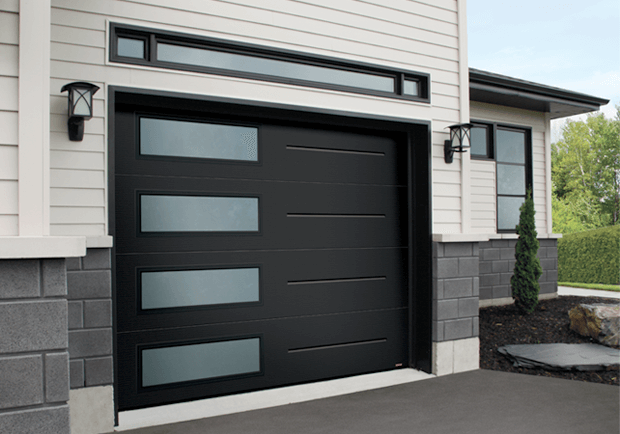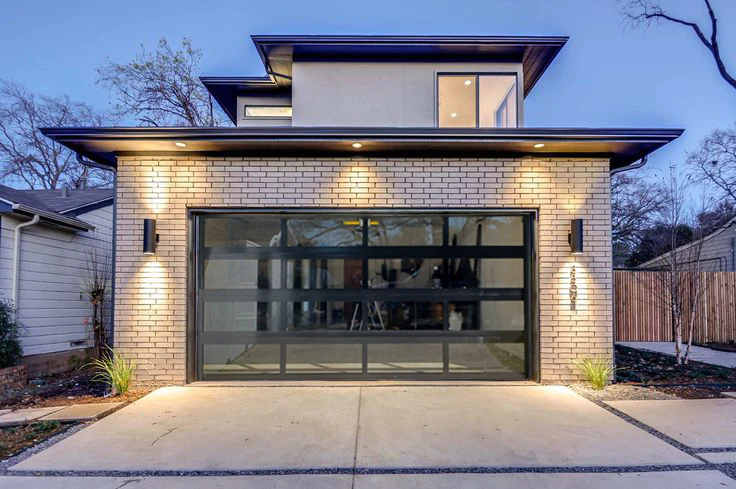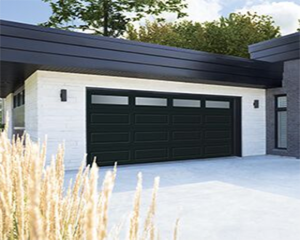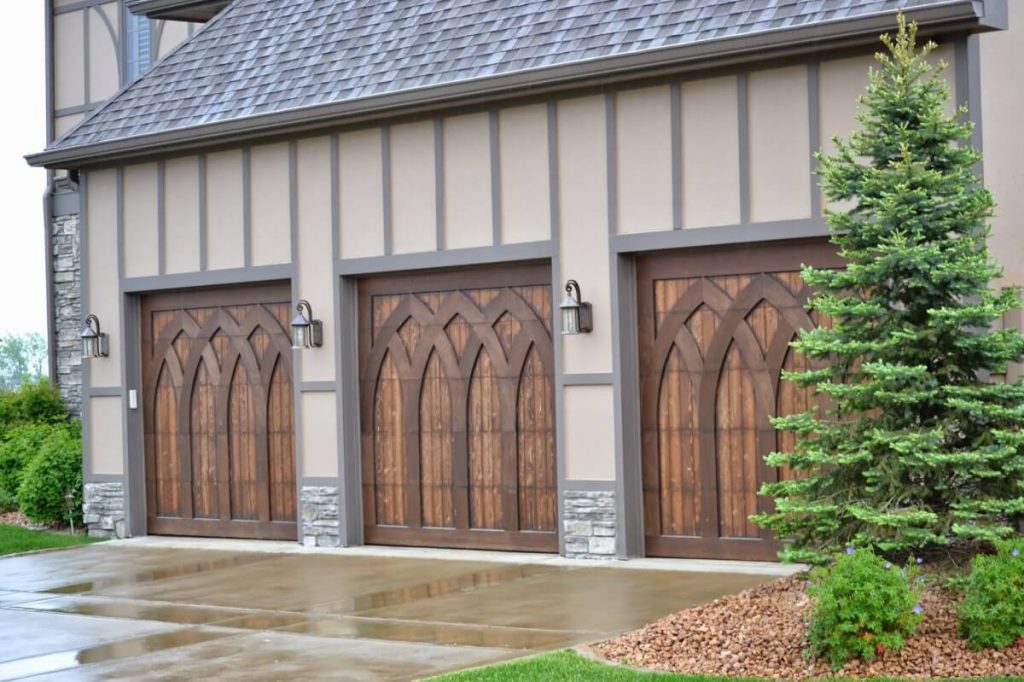Identifying the Common Reasons Behind Garage Door Malfunctions
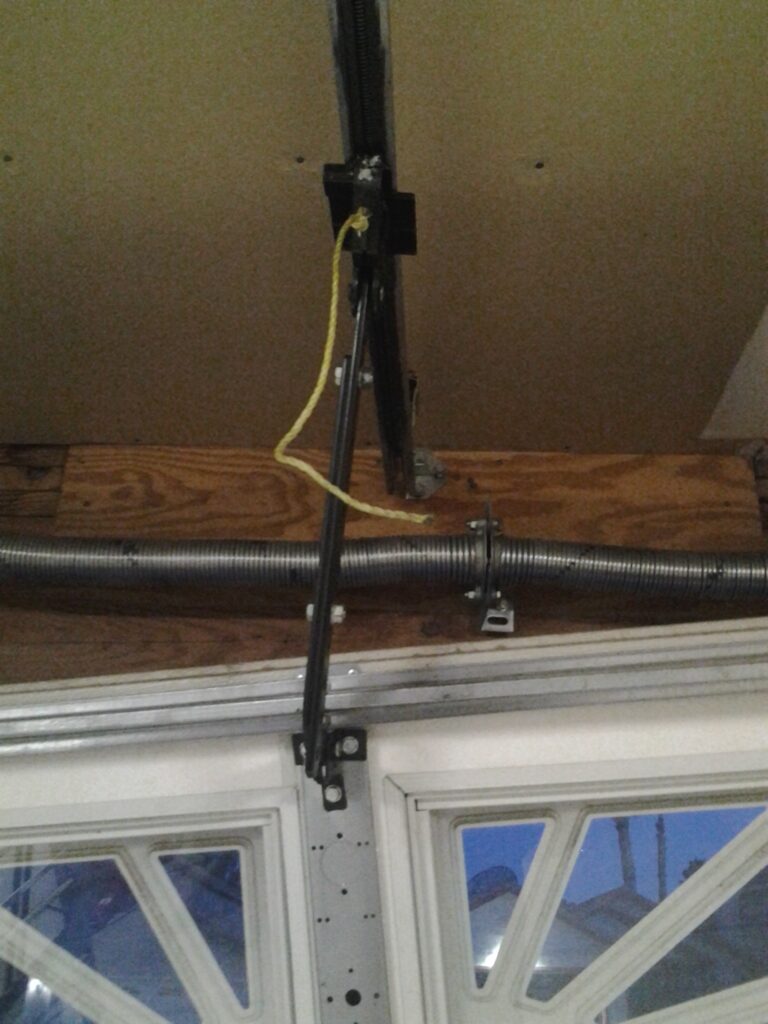
Garage doors are one of the most utilized entryways in a residential home, making them vulnerable to everyday wear and tear. Due to this, functional problems are likely to occur, particularly during the summer season when power outages are frequent. In Nevada, homeowners often experience these types of issues. Below are the most common reasons […]
Understanding Garage Door Springs: Types, Functioning and Importance
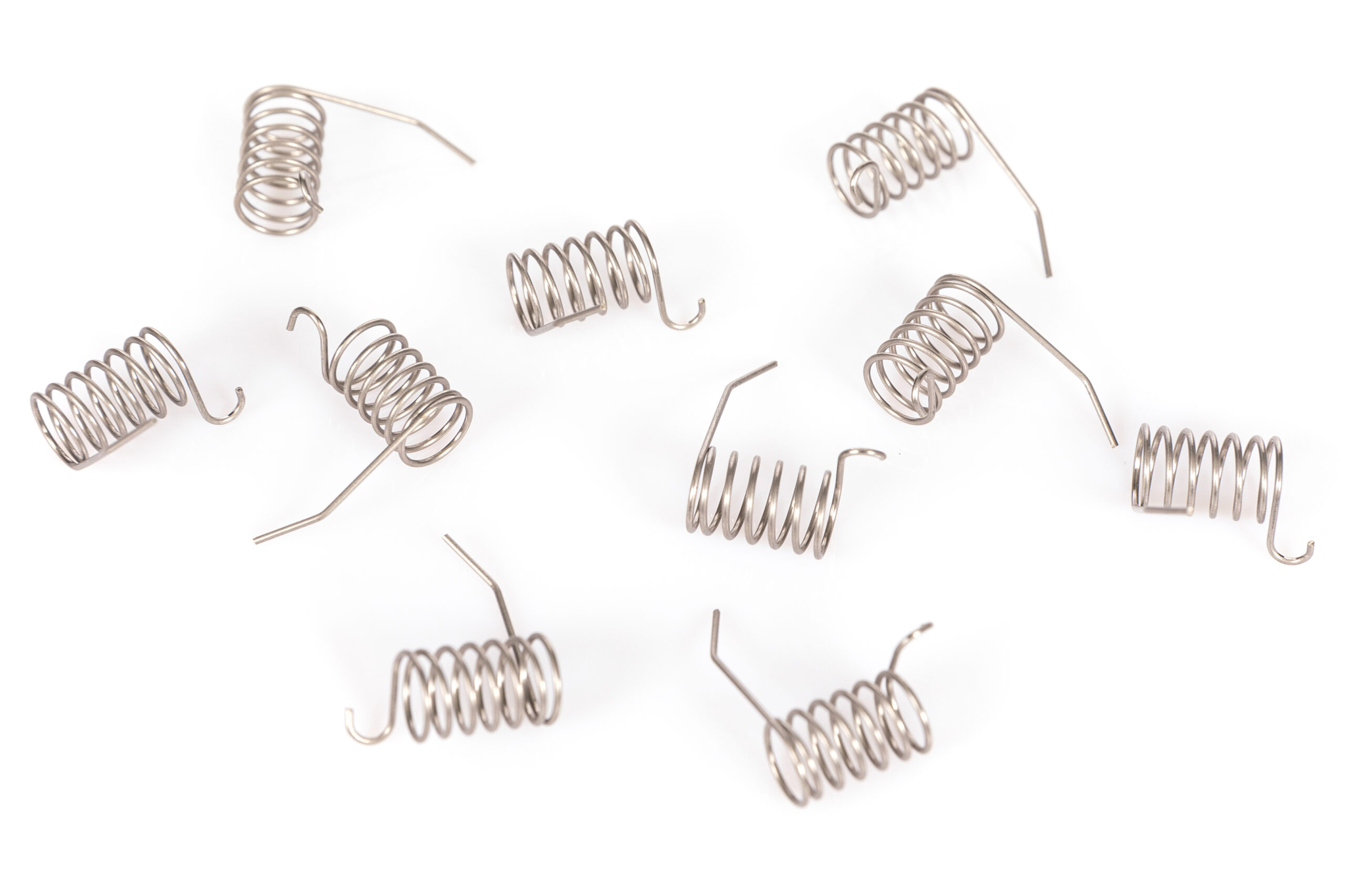
Your garage door springs are essential components that allow your door to function correctly. With regular maintenance, they can last for many years. However, as with moving parts, wear and tear are inevitable, and you will eventually need to replace your springs. The more you use your door, the sooner you will experience signs of […]
A Comprehensive Guide to Understanding Broken Garage Door Springs
Garage door springs are often overlooked until they become a visible or audible problem. However, proper maintenance and replacement are essential to their longevity. This guide provides information about preventative maintenance, repair, signs of wear and tear, typical life spans of door springs, and more. Types of Garage Door Springs Two types of garage door […]
Getting Your Garage Summer-Ready
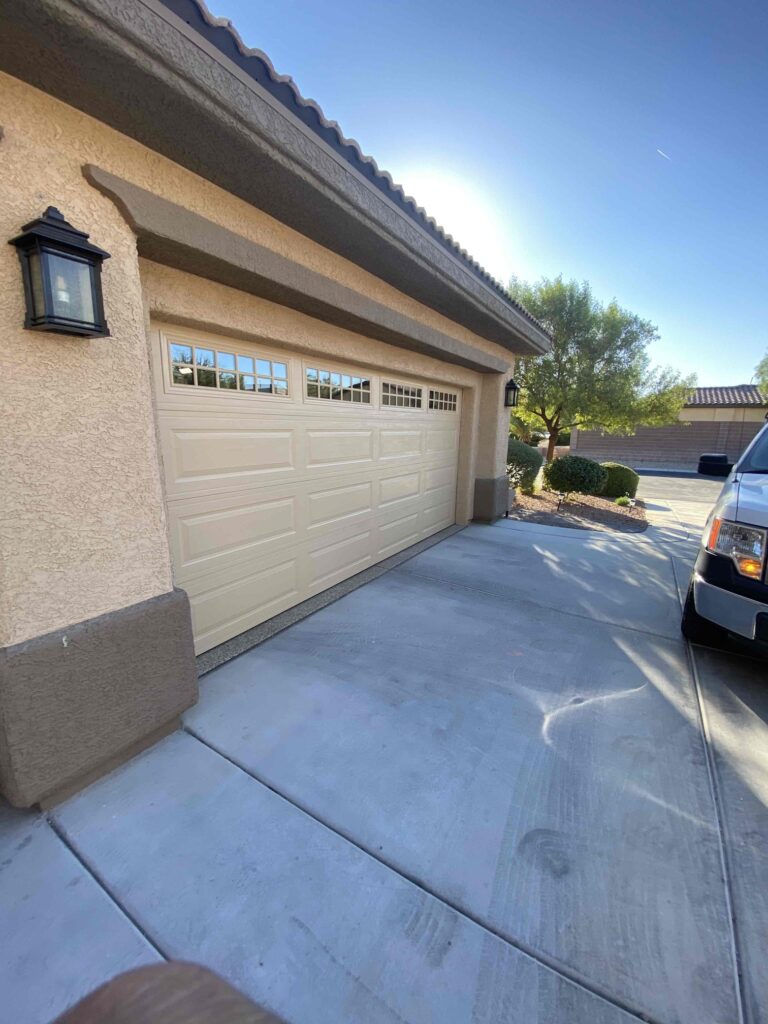
Preparing your garage door for the upcoming season is essential as summer approaches and the winter months become a distant memory. Although garage doors are designed to last between 15 and 20 years, regular maintenance is necessary to avoid any future issues. Las Vegas’s summer heat can make garages uncomfortably hot and hazardous to combustible […]
Best Ways to Identify Your Garage Door Springs

Your garage door would be hopeless without its springs. Garage door springs allow garage doors to open and close smoothly. Garage doors are deceptively hefty, and the springs do most of the heavy lifting. If garage door springs are getting used every day, it is not uncommon for them to get worn out and […]
What Causes Garage Door Springs to Break
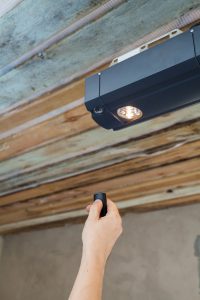
Broken springs can cause your garage door not to work and put you in great danger. Understanding some of the reasons that the springs in your garage door can malfunction may prevent damage to other garage door parts and save you a lot of money in repairs. Reasons Why Garage Door Springs Malfunction The torsion […]
6 Warning Signs of Broken Garage Door Springs
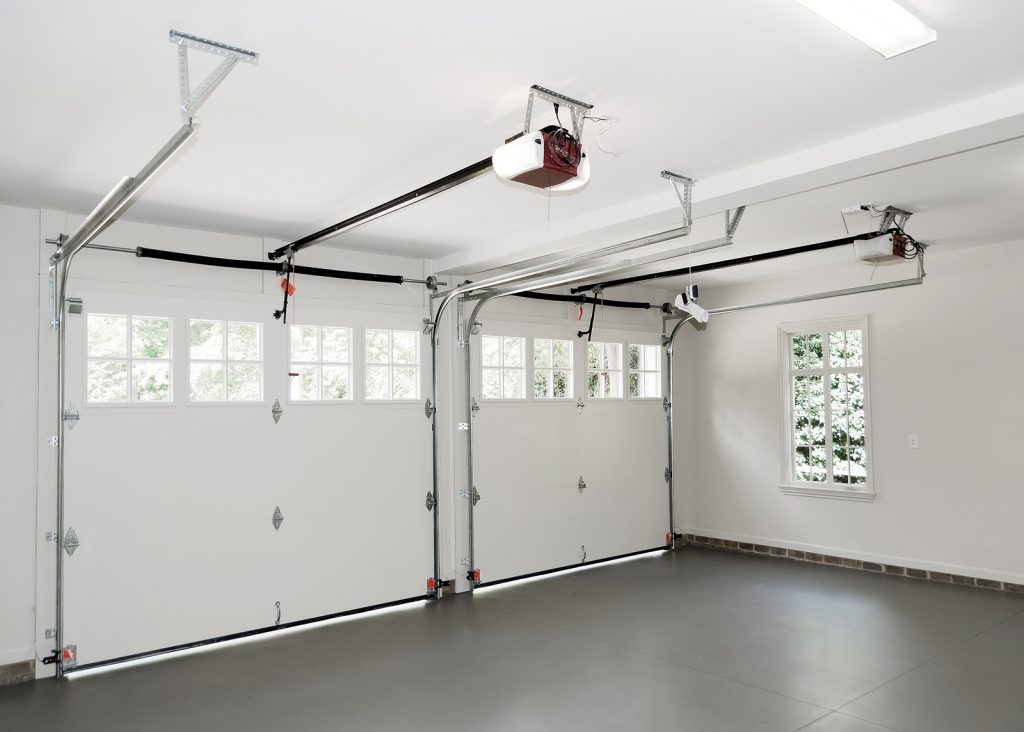
Like most Las Vegas homeowners, you might use your garage door up to several times a day. Regular use leads to normal wear and tear. A common cause of decreased performance is worn garage door springs. This is a major safety hazard. Broken garage door springs can cause a great deal of damage and even […]
How to Find & Maintain Your Garage Door Springs
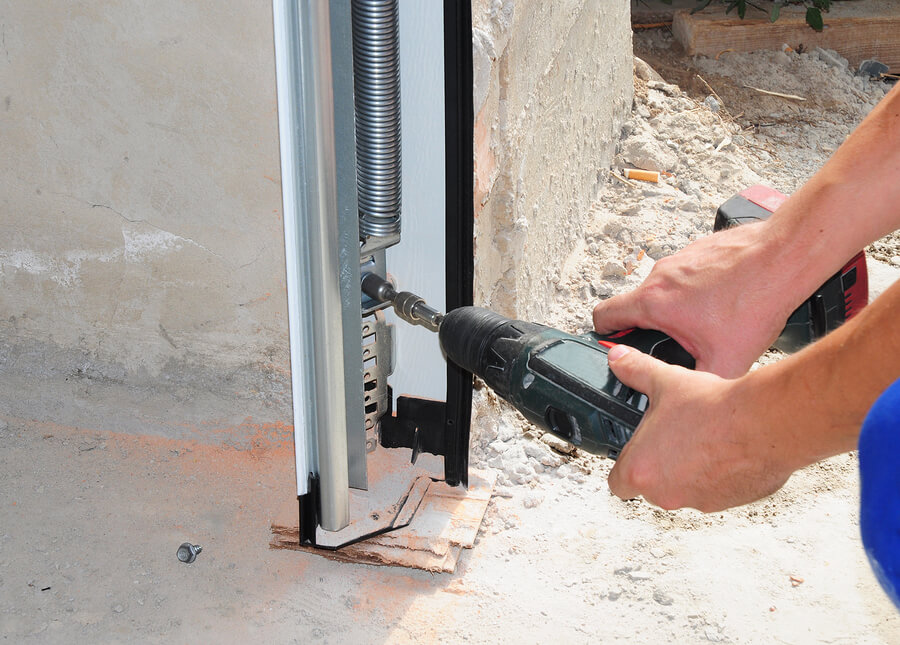
One could argue that you likely enter your home through the garage more frequently than the front door, effectively making the garage the main point of entry for your home. While manual garage doors are a thing of the past, homeowners now rely on garage door springs, garage door openers, motors and rollers to […]
What Are the Strange Noises Coming from My Garage Door?
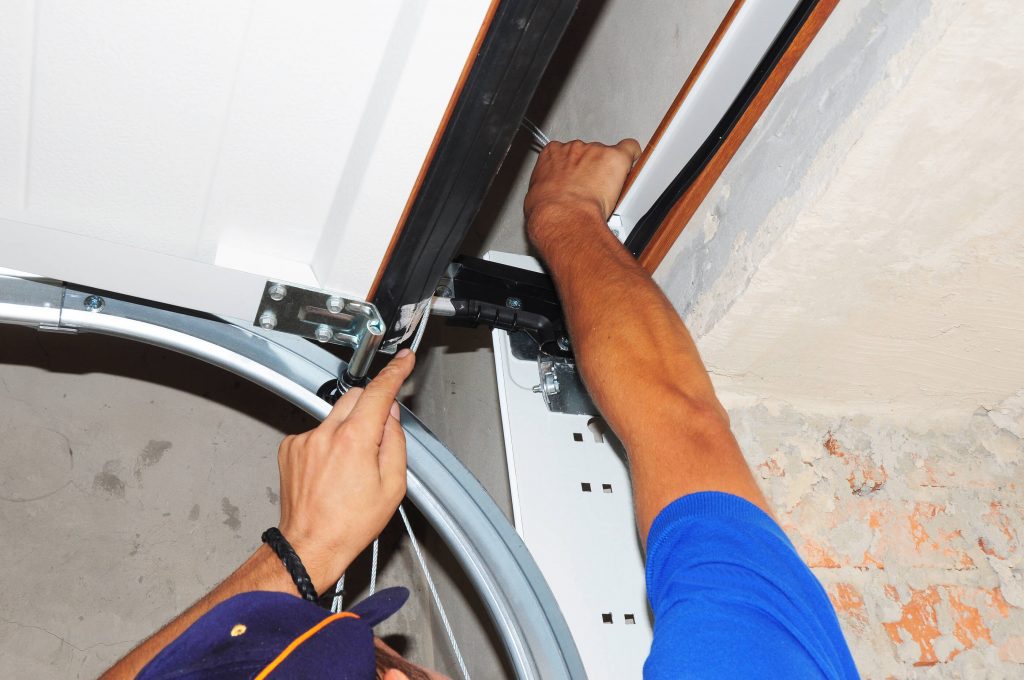
Garage doors have a way of letting us know something is wrong. A little noise may not be something urgent to worry about. But keep in mind garage doors and their components wear over time, so taking a strange noise seriously can save trouble later. You can narrow down the list of potential problems by […]
7 Tips for Garage Door Preventative Maintenance
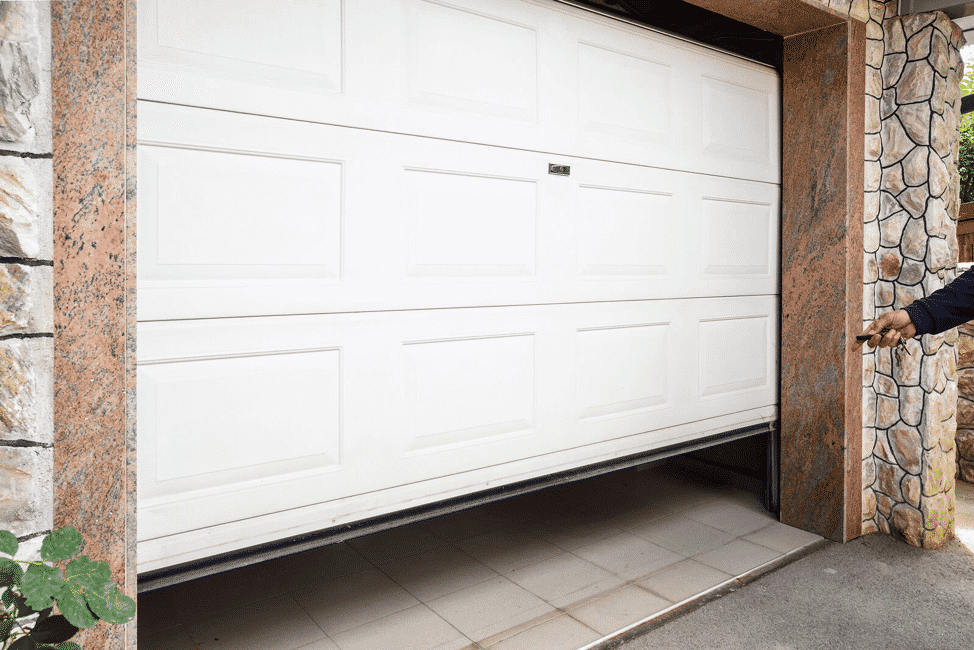
Day after day, your garage door works dependably, so you take it for granted. But since it’s the largest moving part in your home and endures multiple cycles per day, wear and tear can take a toll. Garage door failures often happen suddenly. They account for over 30,000 injuries every year, but fortunately there are […]


